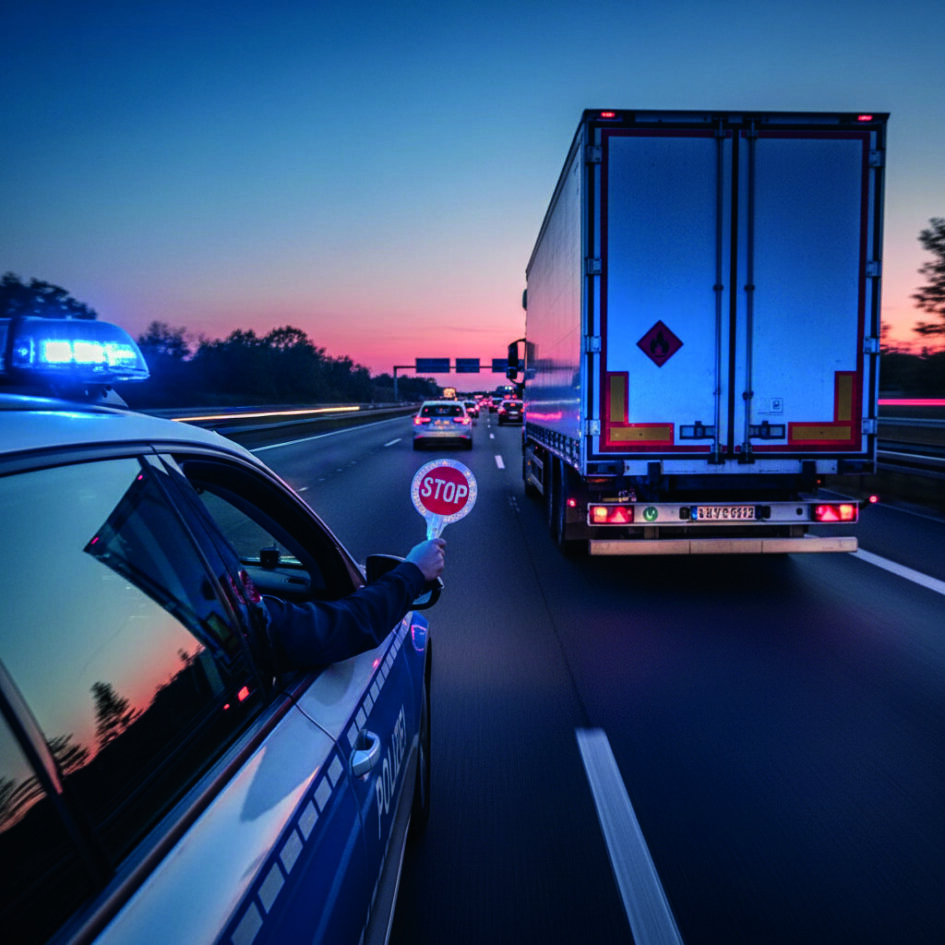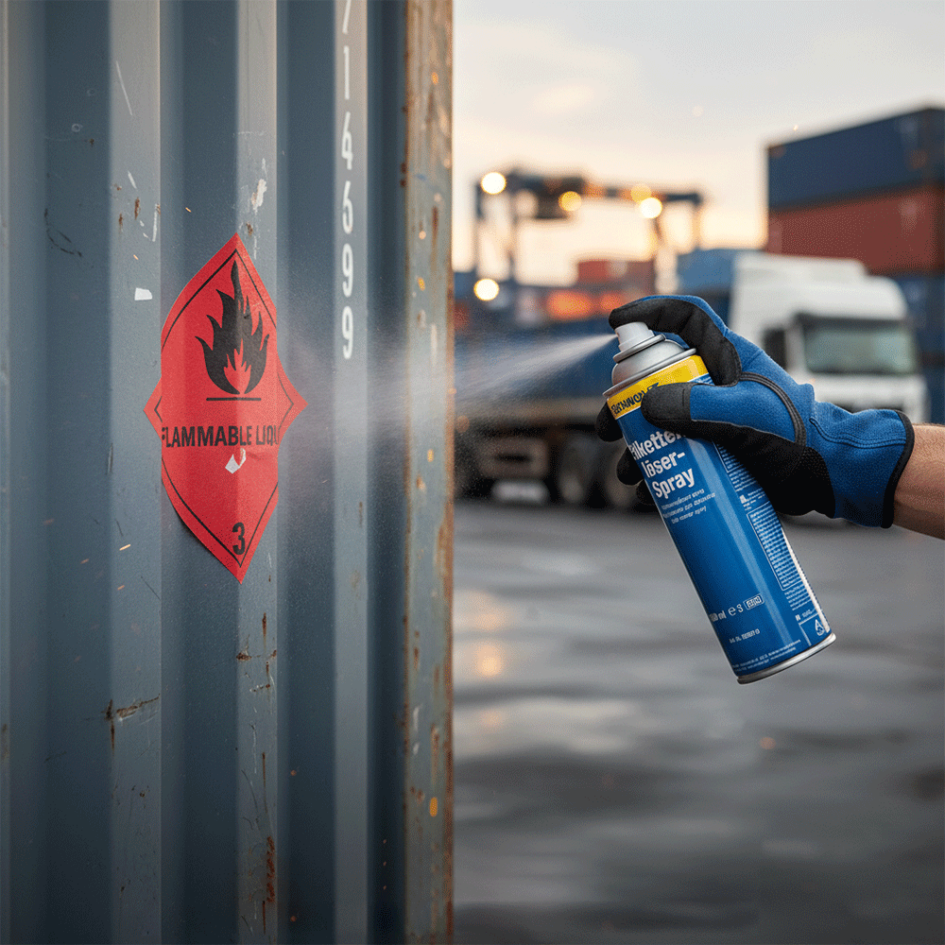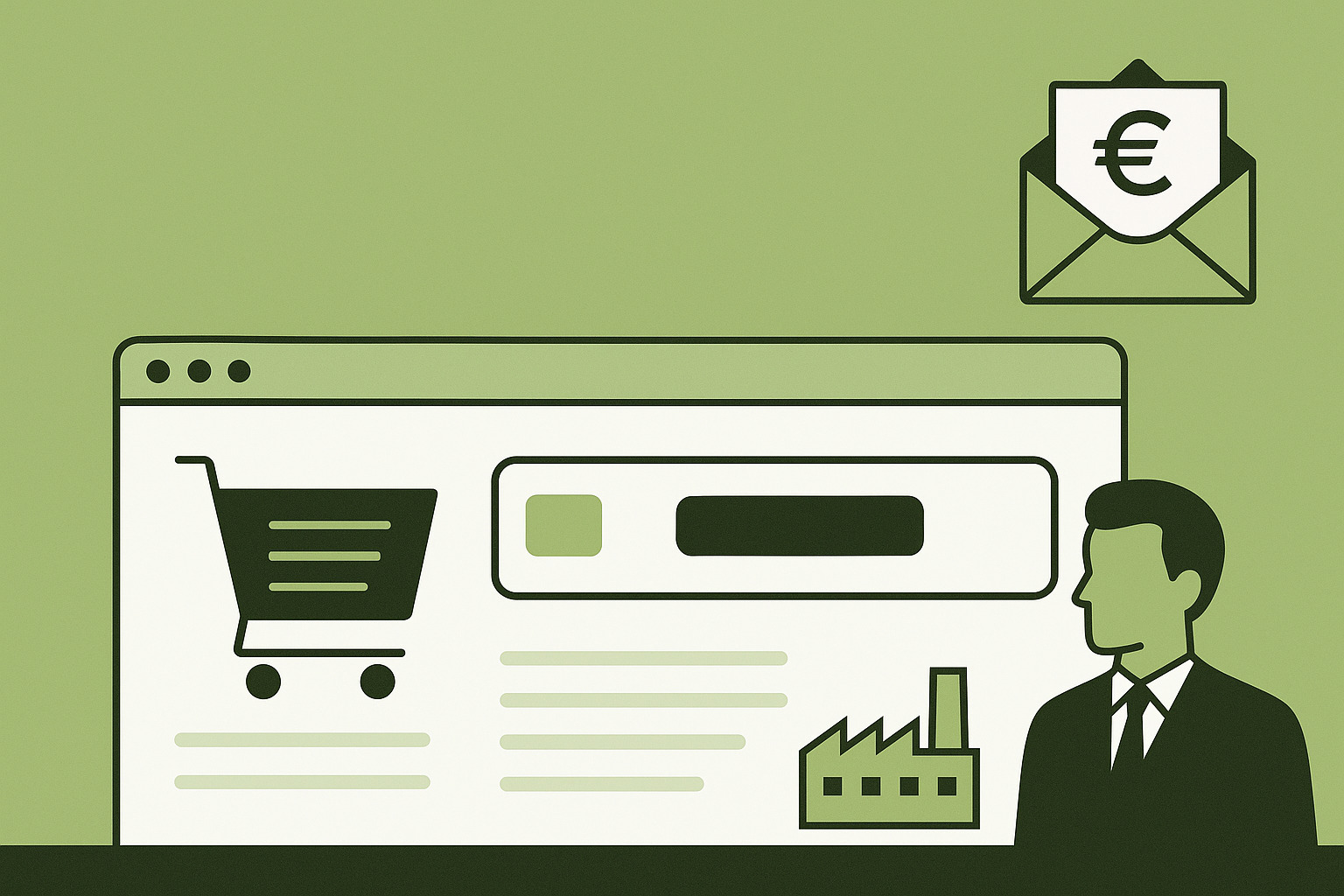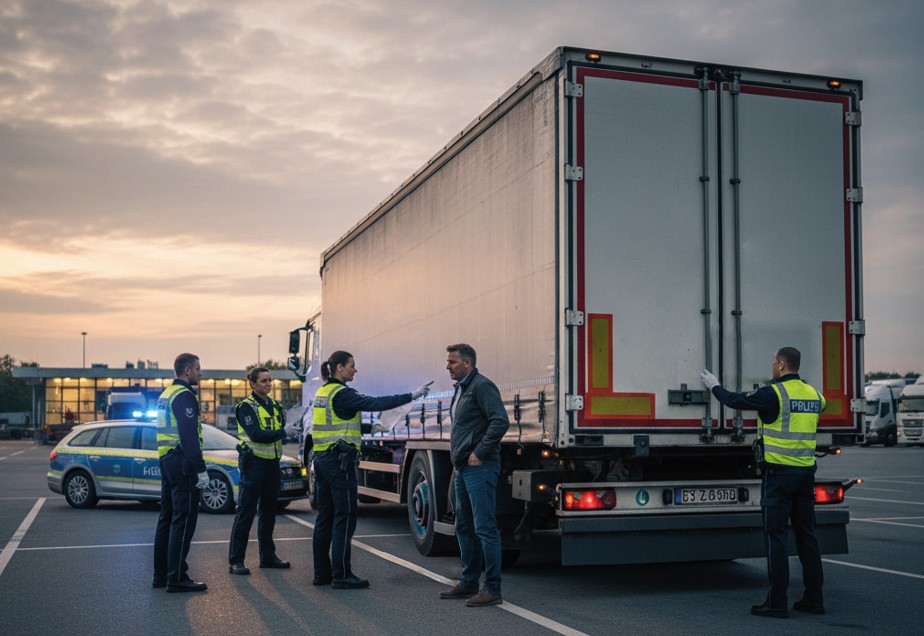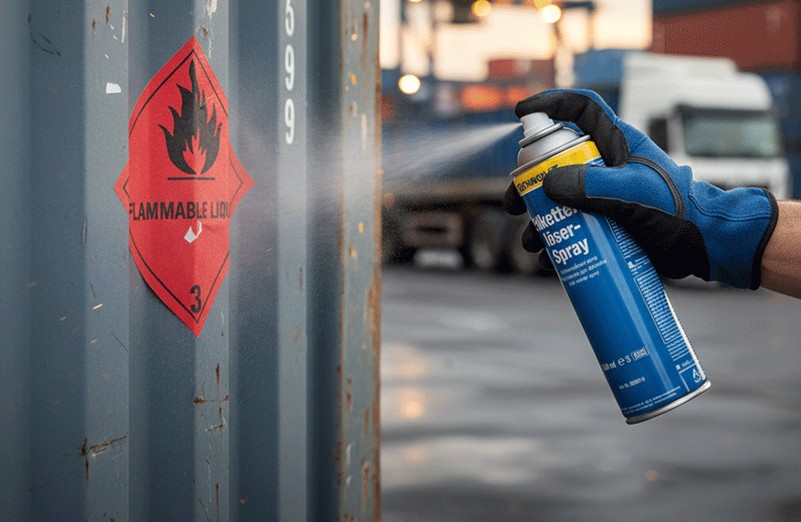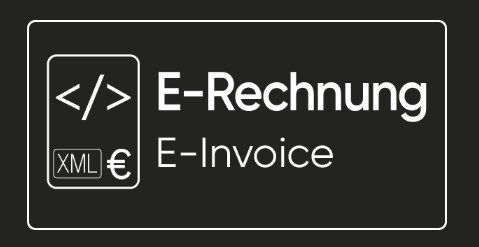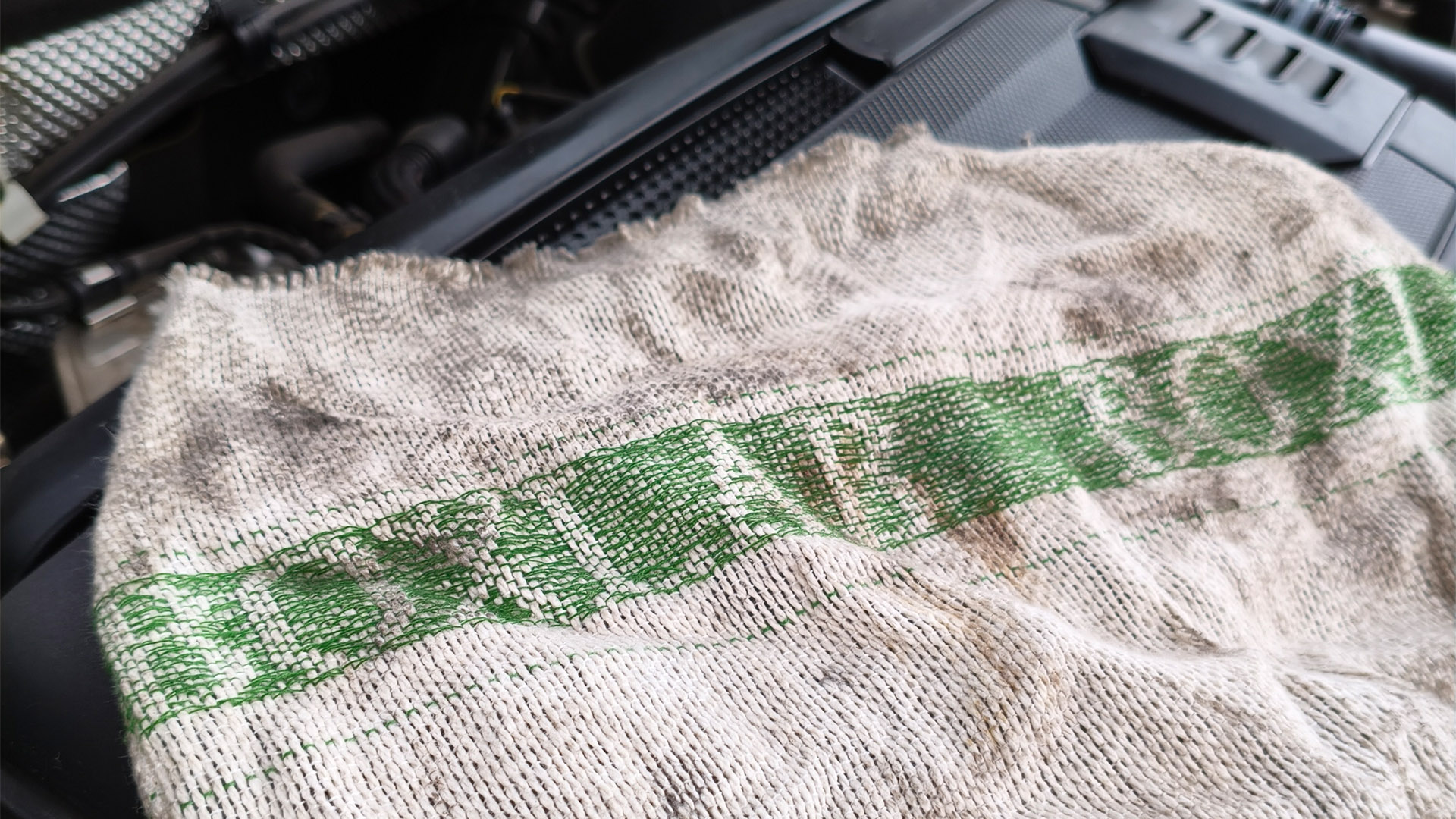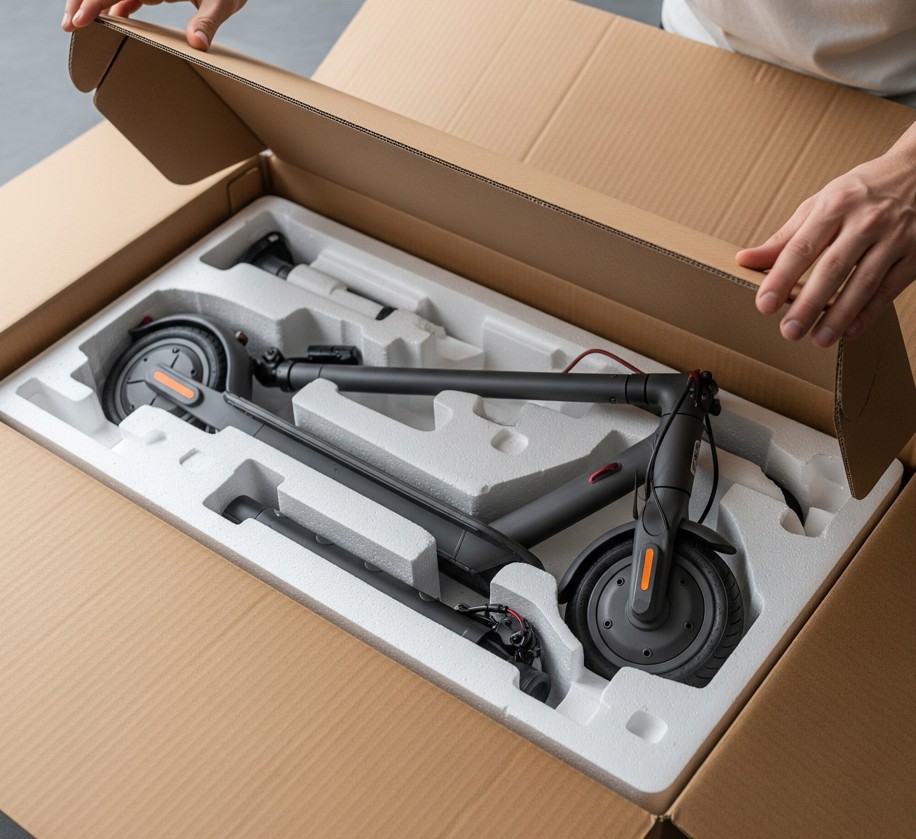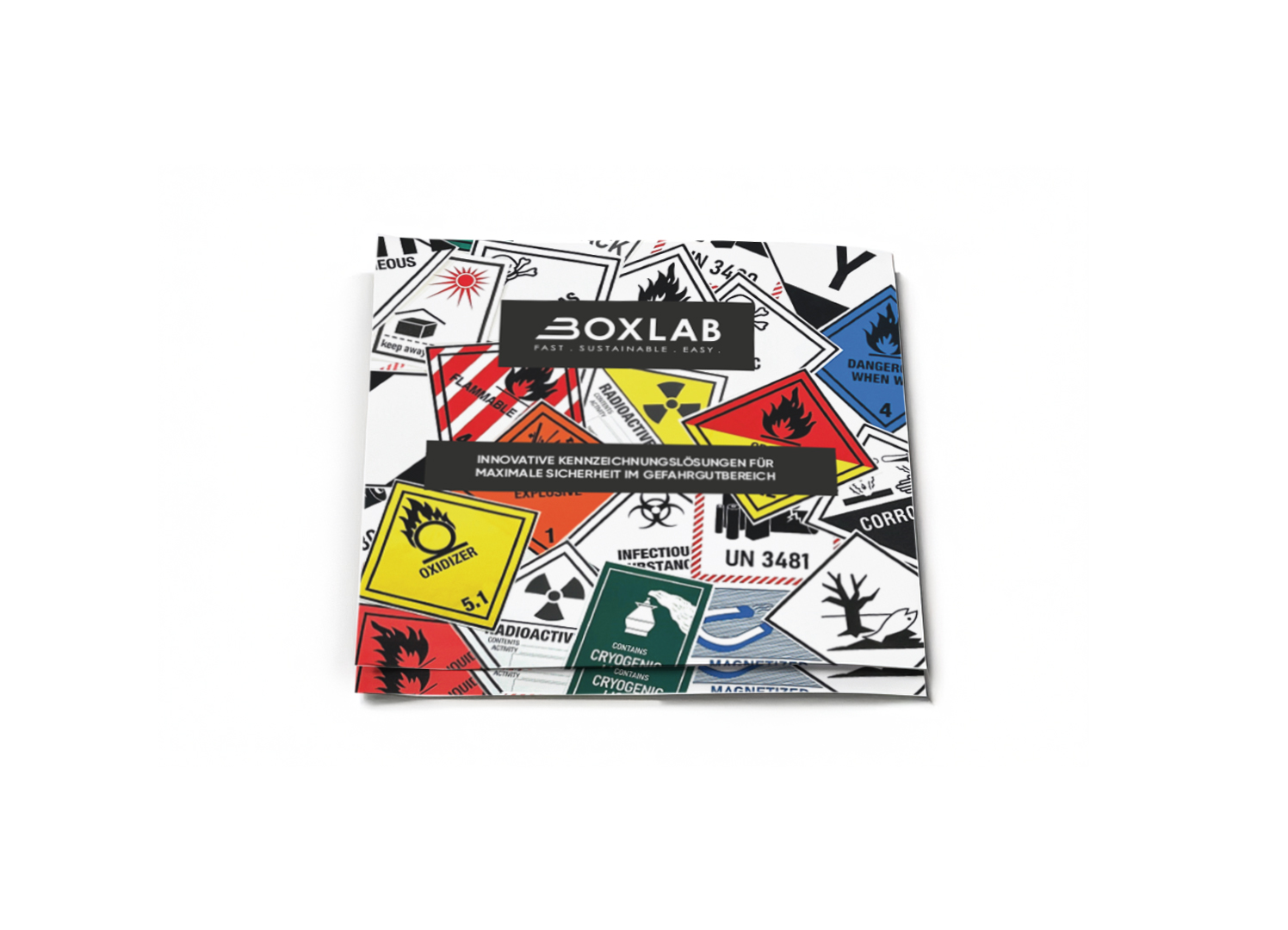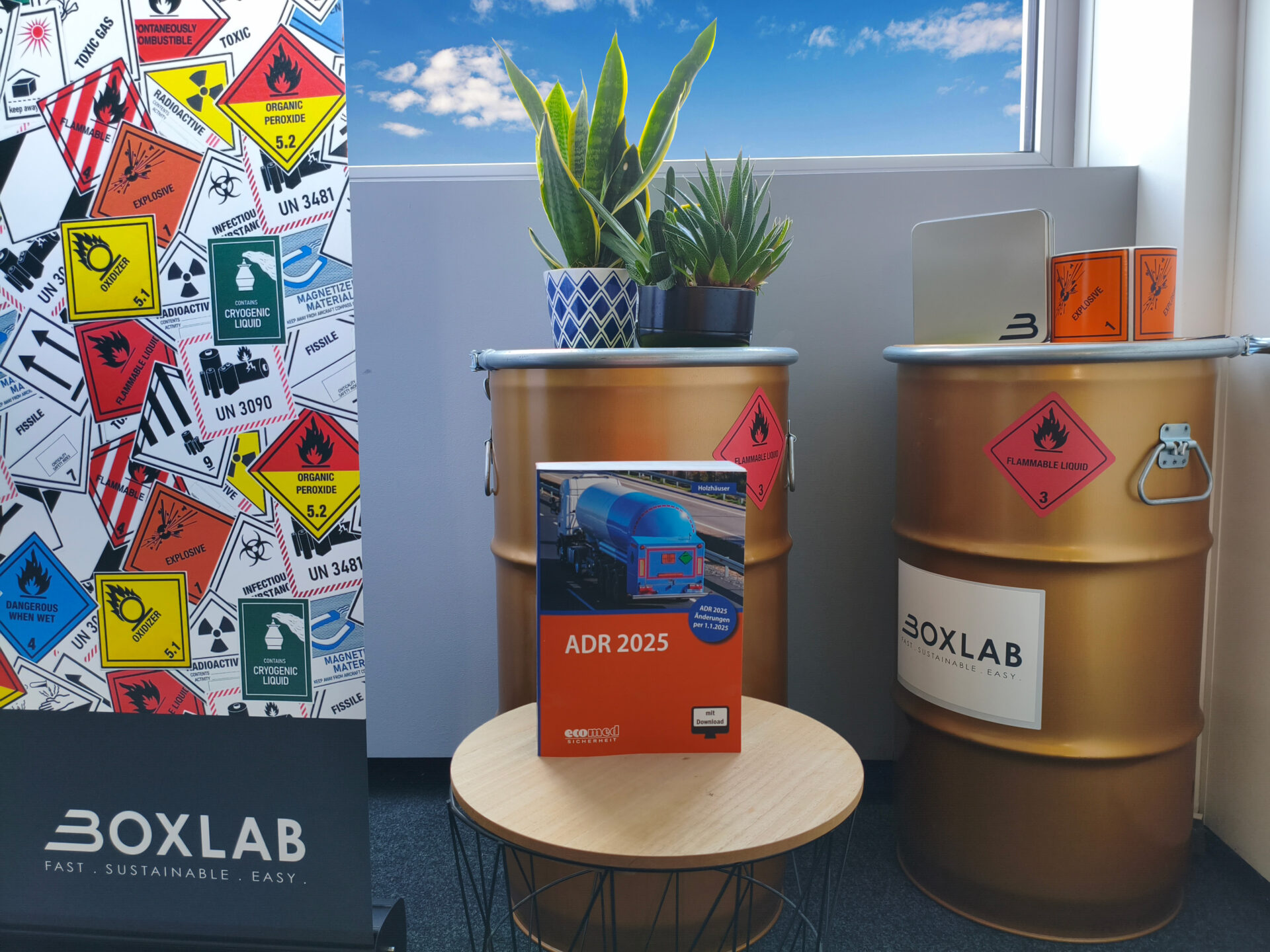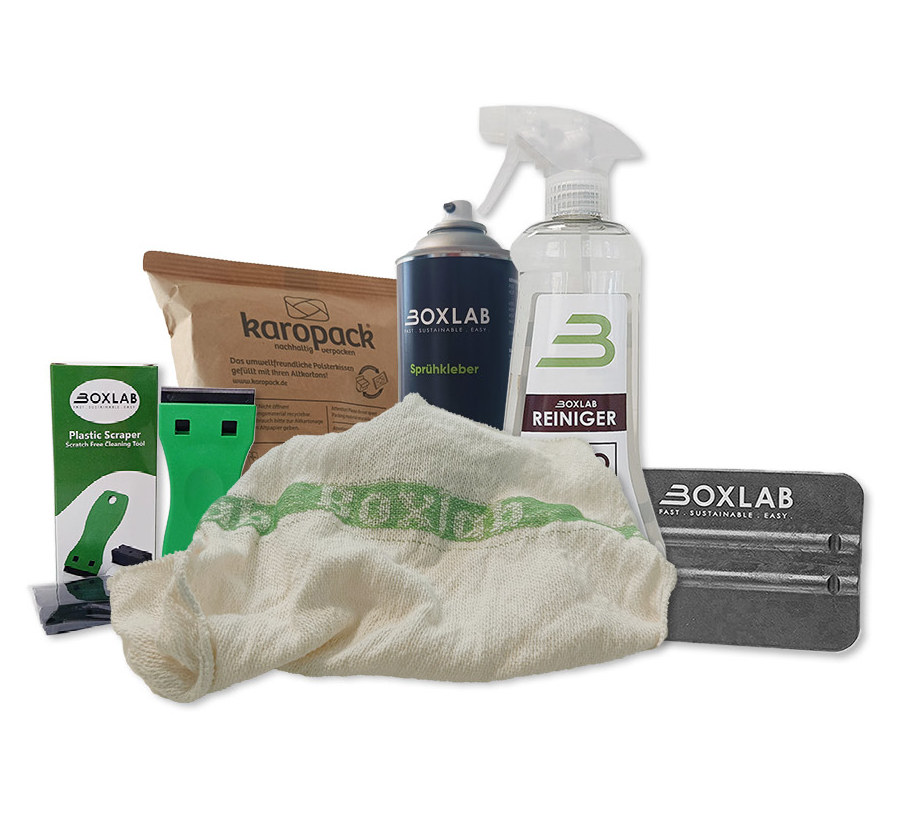In October 2025, the EU created a new basis for further increasing safety in the transport of dangerous goods with Delegated Directive (EU) 2025/1801. The new classification of violations, the standardisation of controls and the clear distribution of responsibilities make it clear that anyone transporting dangerous goods must comply fully with the applicable ADR requirements – especially with regard to labelling.
Menu of this page
Relevance for all Stakeholders
What exactly does the new Directive 2025/1801 regulate?
The Three Risk Categories at a Glance
Why Correct Dangerous Goods Labeling is Now Even More Important
Consequences of Violations of ADR Regulations
How BOXLAB Services Supports You with Labeling
Our Offer for You
Relevant Blog Posts
FAQ: Dangerous Goods Directive 2025/1801
Contact
Menu
Relevance for all Stakeholders
What exactly does the new Directive 2025/1801 regulate?
The Three Risk Categories at a Glance
Why Correct Dangerous Goods Labeling is Now Even More Important
Consequences of Violations of ADR Regulations
How BOXLAB Services Supports You with Labeling
Our Offer for You
Relevant Blog Posts
FAQ: Dangerous Goods Directive 2025/1801
Contact
Relevance for all parties involved
This is highly relevant for dangerous goods safety advisors, logistics managers and all those responsible in the transport chain – incorrect or missing labels have always been critical to safety, but the new classification as ‘medium risk’ once again clearly underlines their importance. The directive confirms what experts have long known: correct labelling is not a side issue, but a safety issue. As specialists in legally compliant labelling, we at BOXLAB Services see every day what effects small mistakes can have – and how easy it is to avoid many of them.
Get advice
Even minor errors in hazard labels or UN numbers can have serious consequences in an emergency. We therefore welcome the new regulations, which increase safety and promote uniform controls in Europe. In this blog post, we explain what Delegated Directive (EU) 2025/1801 specifically regulates, what the new risk categories look like and why correct dangerous goods labelling is now even more important. We also show you what fines you could face when transporting dangerous goods and how we at BOXLAB Services can help you ensure ADR-compliant labelling.
What exactly does the new Directive 2025/1801 regulate?
1.
The Delegated Directive (EU) 2025/1801 – sometimes referred to as the „Dangerous Goods Directive 2025/1801“ – supplements and tightens the existing ADR requirements for the road transport of dangerous goods. Specifically, the existing EU regulations for dangerous goods checks (in particular Directive (EU) 2022/1999) are adapted to the current ADR standard 2025. As a result, the ADR rules, which are updated every two years, now apply exactly the same way to road checks throughout the EU.
2.
A key element of the new directive is the standardised checklist for dangerous goods inspections. In future, all inspection authorities in Europe will use the same checklist to inspect ADR transports. This list contains clear inspection points – from vehicle equipment (e.g. fire extinguishers) to documents (transport documents, ADR training certificates) to load securing. Each point refers to specific ADR regulations, which ensures consistent application. This prevents inspections from varying depending on the country in which they take place.
3.
The directive also extends the scope of responsibility along the entire logistics chain. For the first time, the obligations of all parties involved – consignors, shippers, fillers, carriers, recipients, etc. – are explicitly listed. This makes it clear who is responsible for which regulations. If a violation occurs (such as missing labelling on a package), it is easier to determine which party in the chain can be held liable. This principle of traceability is intended to promote compliance at every step and close loopholes.
4.
Last but not least, the new directive creates a common basis for penalising infringements. Dangerous goods infringements are now classified into three categories of danger across the EU, depending on the severity of the risk they pose. In the next section, we provide an overview of these categories I, II and III and what they mean.
The three risk categories at a glance
Directive (EU) 2025/1801 introduces a new classification of infringements in the field of ADR. Each deficiency identified is assigned to one of three categories reflecting the degree of risk:
Category I (High Risk)
Severe violations that require an immediate stop of the transport operation. Examples: leakage of dangerous goods, completely missing ADR documentation, or the driver not possessing an ADR license. Such cases represent an acute danger to life, a high risk of serious injury, or significant environmental damage, and lead to the immediate immobilization of the vehicle by the authorities.
Category II (Medium Risk)
Violations that must be corrected immediately but do not pose the highest risk directly. These include incorrect or missing markings on vehicles or packages, defective fire extinguishers on board, and similar deficiencies. These violations represent a significant safety risk – they can result in injury or environmental damage – and are therefore classified as medium severity. The journey may generally only continue after immediate rectification (e.g., applying the correct dangerous goods label on site).
Category III (Low Risk)
Minor violations or formal errors that do not cause an immediate danger. These include, for example, minor documentation deficiencies, spelling mistakes in papers, or similar inaccuracies. Although such deficiencies must be corrected, they do not significantly affect transport safety and can potentially be corrected after the completion of the journey.
Important:
Category III violations are still not a trivial offence, but the new classification makes it clear that categories I and II in particular are treated as high priority. A missing dangerous goods label is now explicitly no longer a ‘minor offence’ but a medium risk – with consequences for all involved. In the next section, we will examine why dangerous goods labelling is so critical in the context of this reclassification.
Why correct hazardous goods labelling is now even more important
The new EU risk categories mean that correct ADR labelling is a top priority. If incorrect or illegible labelling is found during an inspection, the medium risk potential (category II) is officially reached. This requires immediate action: the driver must correct the labelling immediately before continuing the journey. Such a forced break costs time, money and nerves and can be avoided through prevention.
In addition to the delay, there are tangible consequences. In the case of category II, the authorities usually initiate administrative offence proceedings, which can result in heavy fines. Depending on the country and the severity, these are often in the mid three to four-digit euro range (e.g. in Austria up to €4,000 per violation). In addition, a labelling error damages the company’s image, as customers and partners become aware that safety regulations have not been complied with. In the event of a repeat offence, the authorities may impose stricter controls and requirements.
From practical experience, we know the most common errors that lead to complaints. First and foremost are damaged or detached labels, because unsuitable material was used or the adhesion is poor. Incorrect hazard label numbers (such as the wrong class number) or missing UN numbers on packaging or warning signs are also classic errors. Other critical issues include labels that have been covered up or are illegible, incorrectly affixed placards, or the mixing of different labelling systems. Any of these errors can result in an otherwise correct transport being classified as unsafe – solely on the basis of the labelling.
Dangerous goods labels are not just a formality; they actively contribute to safety. They warn everyone involved (drivers, warehouse staff, emergency services) of the specific dangers of the load. Missing or incorrect labels therefore endanger human lives and the environment in an emergency, as emergency services lack important information. Directive 2025/1801 emphasises this by consistently classifying labelling deficiencies as a risk. For companies, only 100% ADR-compliant labelling guarantees legally compliant and safe transport of dangerous goods and avoids costly incidents.
Common sources of error – and how to avoid them
From our experience at BOXLAB Services, we know the most common causes of incorrect labelling:
- Labels that have come off, e.g. due to unsuitable adhesive or moisture
- Damaged hazard labels, e.g. during loading or due to weather conditions
- Incorrect or outdated hazard label numbers (class, subclass, etc.)
- Missing UN numbers, especially for small quantities or relabelled containers
- Overstuck or illegible labels, often on recycled or reusable containers
Many of these problems can be avoided with high-quality materials, the right accessories and trained application.
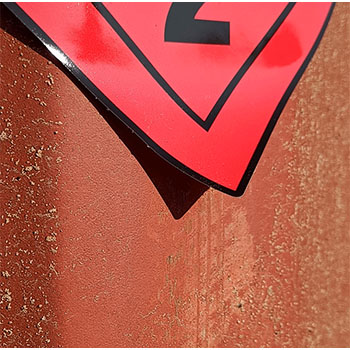
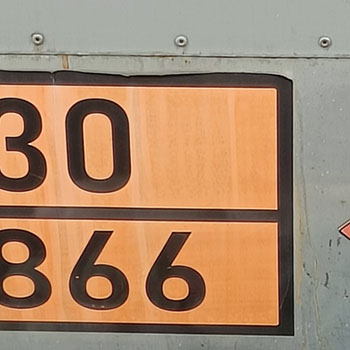
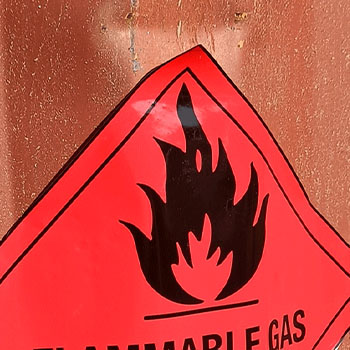
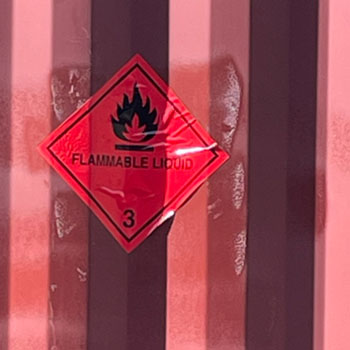
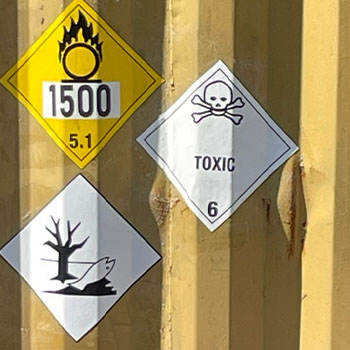
Consequences of violations of ADR regulations
What are some specific scenarios in which the labelling or other ADR regulations are not correct? Consider the following example: A lorry carrying dangerous goods is stopped for inspection on the motorway. The officers discover that the warning sign is missing from the rear and that some drums do not have UN numbers. Under the new directive, this violation is classified as Category II – medium risk – due to incorrect or missing labelling.
The journey is stopped immediately. The driver must affix the correct signs and labels on the spot before being allowed to continue. The lost time disrupts the delivery schedule. In addition, the inspectors initiate proceedings: a fine is almost certain. Depending on who is responsible, both the driver and the company may be asked to pay.
In our example, the sender should have ensured that all packages were properly labelled – so proceedings may also be initiated against the shipper/sender.
This example shows that the authorities take ADR violations very seriously. Even ‘moderate’ deficiencies such as labelling errors have noticeable consequences. According to EU Commission guidelines, a vehicle carrying dangerous goods may only continue its journey after serious or moderate violations have been rectified. If this is not possible on site, the vehicle will be escorted to the nearest suitable location or even impounded if necessary. A lack of required documents or their inaccuracy can, for example, lead to immediate vehicle immobilisation and criminal penalties.
A missing hazard label or an incorrect placard is treated with similar severity – the authorities consider this a hazard that must be eliminated immediately. In addition to the immediate expense, there is the threat of subsequent fines, points in Flensburg (for drivers in Germany) and, in the case of serious violations, even the withdrawal of licences or driving bans. Companies that repeatedly attract negative attention must expect more frequent checks and damage to their reputation. In short, correct compliance with ADR regulations is not optional, but mandatory – and the new rules further tighten enforcement.
How BOXLAB Services supports you with labelling

ADR-compliant labels and placards:
Tested, certified, adhesive and weather-resistant
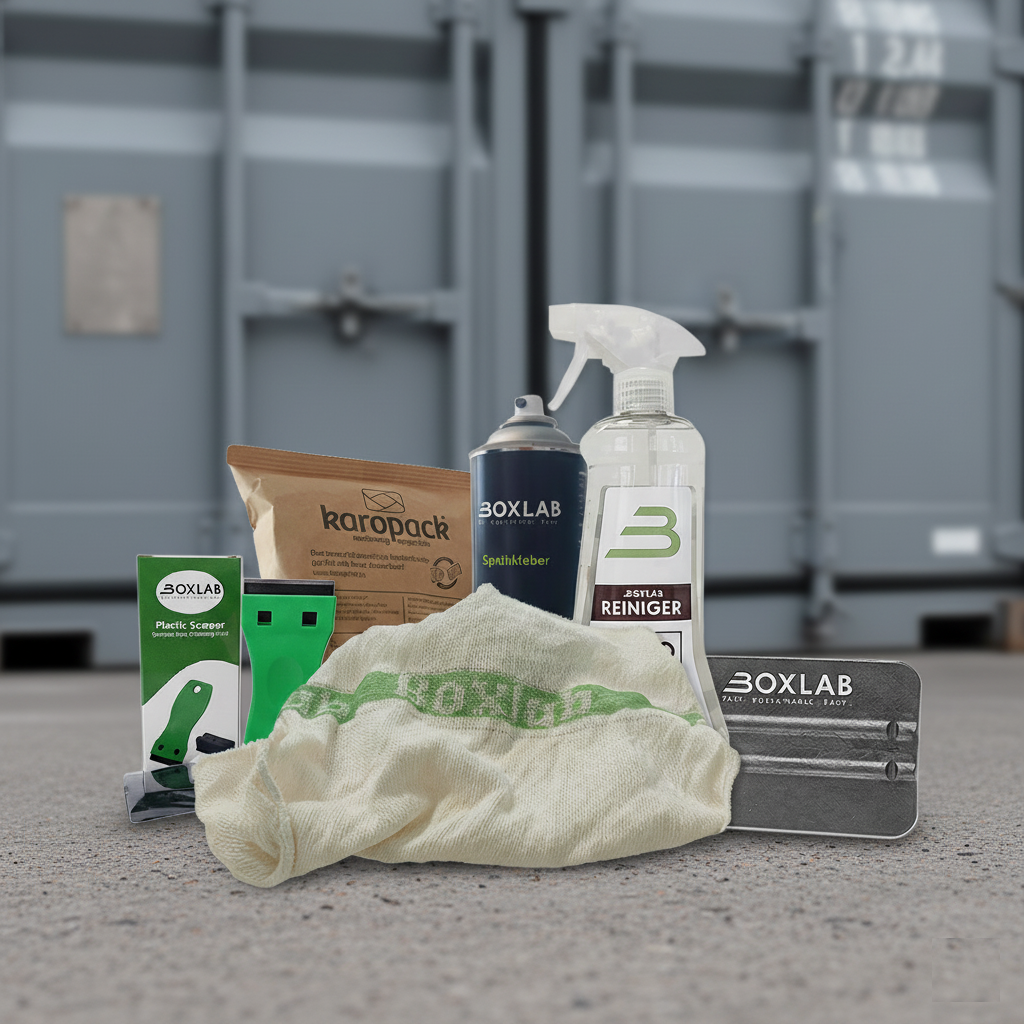
Smart tools for clean application:
Squeegee, cleaner, spray adhesive for difficult surfaces
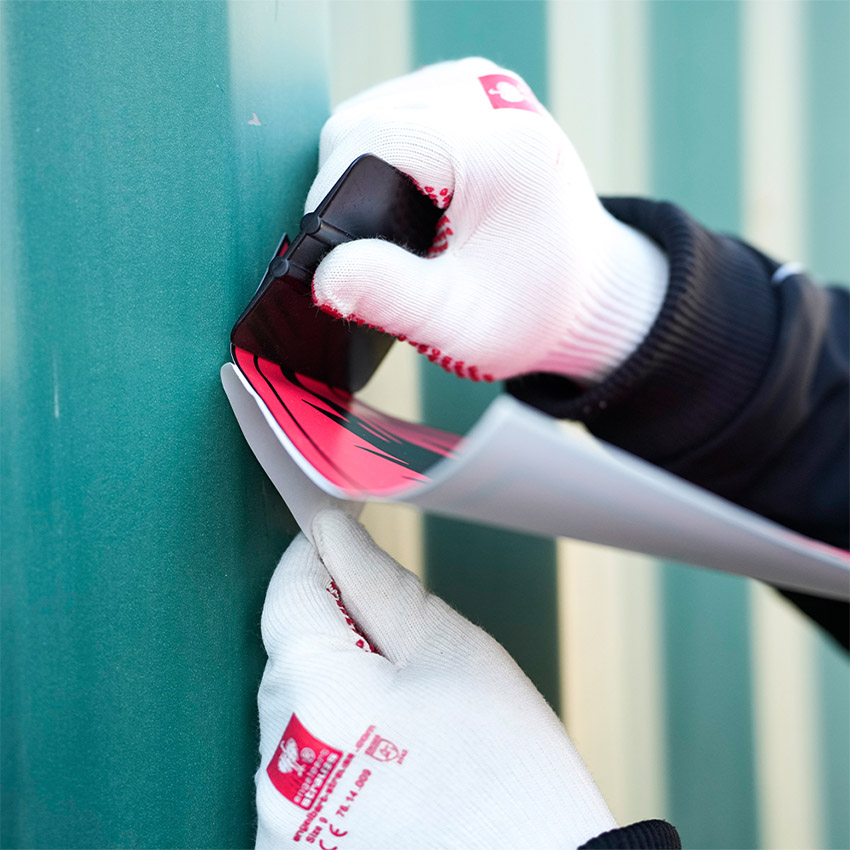
Practical advice on labelling practices:
Application, choice of materials, documentation

Early and ongoing information:
e.g. about legal changes – such as Delegated Directive (EU) 2025/1801
NEW: Label remover
Ideal for removing old or misplaced labels without residue.
The application is very simple, but safety-relevant.
Application:
- Shake the can well before use.
- Spray the label from a distance of approx. 20 cm.
- Allow to briefly take effect.
- Then lift the label off with a spatula.
Tip: Protect sensitive surfaces (e.g., painted containers) beforehand with masking tape to prevent possible paint detachment.
In view of the stricter requirements, you may be wondering: How can I ensure that my dangerous goods labelling is always correct and legally compliant? This is where we at BOXLAB Services come in. As specialists in labelling solutions for dangerous goods, we have in-depth knowledge of both practical and legal requirements. Our mission is to provide you with safe, efficient and compliant labelling solutions – so you don’t have to worry about fines and risks.
Our offer
Our expertise
At BOXLAB Services, we have years of experience with hazardous goods labels, placards and markings of all kinds. We know which materials can withstand the rigours of transport and how labels must be applied so that they remain securely in place throughout the entire journey. All our dangerous goods labels are ADR/RID/IMDG certified (keyword: seawater resistance, etc.) and comply with all standards in terms of size, colour and symbolism. In short: with our products, you are on the safe side when it comes to the formal requirements for dangerous goods labelling.
Practical solutions
But the product isn’t everything – correct application is just as important. That’s why we support you not only with high-quality labels, but also with practical advice. Our experts will show you how to avoid typical mistakes (see above): from storing the labels and preparing the surface (clean, dry surfaces) to checking each shipment for complete labelling. On request, we also conduct training courses or provide checklists to ensure that your team is always up to date. This holistic approach significantly reduces the risk of labelling errors.
Innovative labelling solutions
The 3in1 MultiMark combines three crucial labelling elements on a single label: hazard label, ADR shipping label (e.g. with ‘Overpack/outer packaging’) and individual UN number. This not only saves time, but also optimises operational processes in shipping and warehousing. Thanks to this combination, companies reduce their use of materials, simplify warehousing and minimise sources of error when affixing labels. BOXLAB Services goes one step further with the 4in1 MultiMark: in addition to the hazard label, UN number and shipping label, this version also includes alignment arrows. It thus offers a comprehensive labelling solution for packaging that requires special handling instructions. Here, too, the same applies: one label – all important information at a glance.
Your advantage
By working with an experienced partner such as BOXLAB Services, you save time and reduce your liability risk. You don’t have to keep track of every ADR change yourself – we do that for you and ensure that our products and recommendations are always up to date. Whether it’s new directives such as 2025/1801 or the ADR regulations that are updated every two years: we proactively inform you and help you implement the changes in practice. Especially now that the authorities are taking a closer look, it is worth having our experts carry out a labelling check. We thoroughly examine your dangerous goods labels and processes. Together, we can close any gaps before the next inspector finds them.
Safety first – check your labelling now and reap the benefits
Delegated Directive (EU) 2025/1801 sums it up: dangerous goods transports must be completely and clearly labelled to ensure safety and compliance. New categories of violations, especially the medium risks of Category II, make it clear that incorrect dangerous goods labelling is no longer a minor oversight. Companies are well advised to take proactive precautions to avoid violations and their consequences. This includes reviewing their own labelling system, training employees and using high-quality labels.
At BOXLAB Services, we support you with passion and expertise. As your partner for legally compliant labelling, we ensure that you are always up to date with the latest regulations and have practical solutions at your fingertips. Take the opportunity to carry out a labelling check now or seek our advice – before the new rules come into force and inspections become more intensive. Remember: investing in safety and compliance always pays off – through fewer incidents, smoother processes and peace of mind with every dangerous goods shipment.
Related:
Datum: 2. Dezember 2025
Kategorie:
blog, Company, Industry News,
New feature in the shop: ‘Request shopping basket as a quote’
Datum: 31. Oktober 2025
Kategorie:
Company, Industry News, Tips & Tricks,
Delegated Directive (EU) 2025/1801: New requirements for the labelling of dangerous goods
Datum: 23. September 2025
Kategorie:
blog, Industry News,
Kyrgyzstan joins ADR – a turning point for dangerous goods transport in Central Asia
Datum: 11. September 2025
Kategorie:
blog, Hazard Labels, Industry News, Products, Tips & Tricks,
The game changer for stubborn hazardous goods labels:
Datum: 18. Juli 2025
Kategorie:
blog, Company, Industry News, Tips & Tricks,
E-invoices in the B2B sector from 2025
Datum: 10. Juli 2025
Kategorie:
blog, Industry News, Products, Sustainibility, Tips & Tricks,
Hidden risks with the cleaning cloth rental service for your workshop
Datum: 8. Juli 2025
Kategorie:
blog, Company, Hazard Labels, Industry News, Placards, Products, Tips & Tricks,
Ease of transport:
Datum: 22. April 2025
Kategorie:
Company, Hazard Labels, Industry News, Placards, Products,
New BOXLAB Services flyer available for download!
Datum: 26. März 2025
Kategorie:
Company, Hazard Labels, Industry News, Placards, Products, Tips & Tricks,
New specialist knowledge section on our website: Dangerous goods, hazardous substances & more
FAQ: Dangerous Goods Directive 2025/1801, ADR violations and labelling
What is Delegated Directive (EU) 2025/1801?
Delegated Directive (EU) 2025/1801 is a supplement to dangerous goods legislation issued by the European Commission. It was published in the Official Journal of the European Union on 13 October 2025 and updates the controls for the transport of dangerous goods by road. Essentially, it adapts the existing regulations to the 2025 ADR amendments and introduces a standardised inspection checklist and three risk categories for violations. The aim is to implement uniform standards for dangerous goods inspections across the EU and to further increase safety. The directive will enter into force on 2 November 2025; all EU countries must apply the new rules from June 2026.
Which dangerous goods violations are classified as Category II?
Category II violations are moderately serious violations that pose a significant risk but do not constitute an immediate danger to life. According to the directive, these primarily include missing or incorrect labelling of dangerous goods (e.g. incorrect hazard labels on trucks or no UN numbers on packaging) and technical defects such as a defective fire extinguisher in the vehicle. Such violations require immediate correction on site, as they pose a potential risk to people or the environment. Category II would also include, for example, missing written instructions on board or improperly secured items, provided there is no immediate risk of accident. Important: Category II is not a minor violation – the authorities already take strict action here, but without imposing the maximum penalty (vehicle immobilisation) as in Category I.
What penalties apply for incorrect dangerous goods labelling?
If incorrect, incomplete or missing dangerous goods labels are found during an inspection, fines and other penalties may be imposed. The exact amount of the penalty depends on national penalty catalogues – in Germany, fines for labelling violations are often in the mid three-digit range per violation. In more serious cases or if several violations are accumulated, four-figure sums are also possible. Other countries have higher maximum penalties in some cases (e.g. up to €4,000 in Austria for a Category II violation). In addition to fines, points may be incurred in Flensburg (for vehicle drivers), and companies risk repeated inspections or, in extreme cases, the withdrawal of licences. Criminal charges are also possible if gross negligence or intent is involved. In short, errors in the labelling of dangerous goods can be costly – both financially and legally.
Why is ADR-compliant labelling so important?
ADR-compliant labelling ensures that all dangerous goods regulations are complied with during transport. Dangerous goods labels (placards, danger labels, UN numbers) warn of the hazardous substances being transported and enable emergency services to respond appropriately in the event of an accident. Failure to use the correct labelling poses an enormous risk: in the event of an accident or fire, emergency responders may not know what they are dealing with – with potentially fatal consequences. In addition, the law requires accurate labelling; violations constitute non-compliance and can lead to accidents, liability claims and penalties. ADR-compliant labelling is therefore central to safety, legal compliance and corporate image. Companies that work cleanly in this area protect their employees, the environment and their reputation in equal measure. Last but not least, complete labelling is also a mark of quality for customers and authorities.
How does BOXLAB support services in the labelling of dangerous goods?
BOXLAB Services provides comprehensive support to companies in complying with all labelling regulations. We supply certified dangerous goods labels and placards that meet ADR requirements (durable, seawater-resistant, standardised dimensions). We also offer consulting services: our experts review your current labelling processes and identify potential for optimisation (e.g. in materials or procedures). If required, we train your staff in labelling issues and provide information on new regulations such as Directive 2025/1801. We ensure that your dangerous goods labelling is always correct, up to date and legally compliant. This minimises the risk of violations and allows you to concentrate on your core business – we take care of the rest.
Conclusion: Act now instead of making improvements later
Delegated Directive (EU) 2025/1801 sends a strong signal: incorrect dangerous goods labelling is classified as a medium risk – and will be punished accordingly. For companies, this means acting now, reviewing processes, ensuring label quality and strengthening internal procedures.
At BOXLAB Services, we are here to support you – with products, knowledge and commitment. Take this opportunity to put your labelling on a secure footing now.
Effective accessories for your success
Our product range includes well-thought-out solutions that increase your efficiency and simplify workflows.
Our PE boards offer a robust and residue-free surface for safe labeling. In combination with the BOXLAB BIO-Cleaner, the BOXLAB machine cleaning cloth ensures thorough cleaning to guarantee optimal label adhesion. For professional applications, we also offer spray adhesive, which enables reliable fastening.
Our training materials support trainers and specialists with practical solutions, including training kits with dangerous goods labels and magnetic placards.
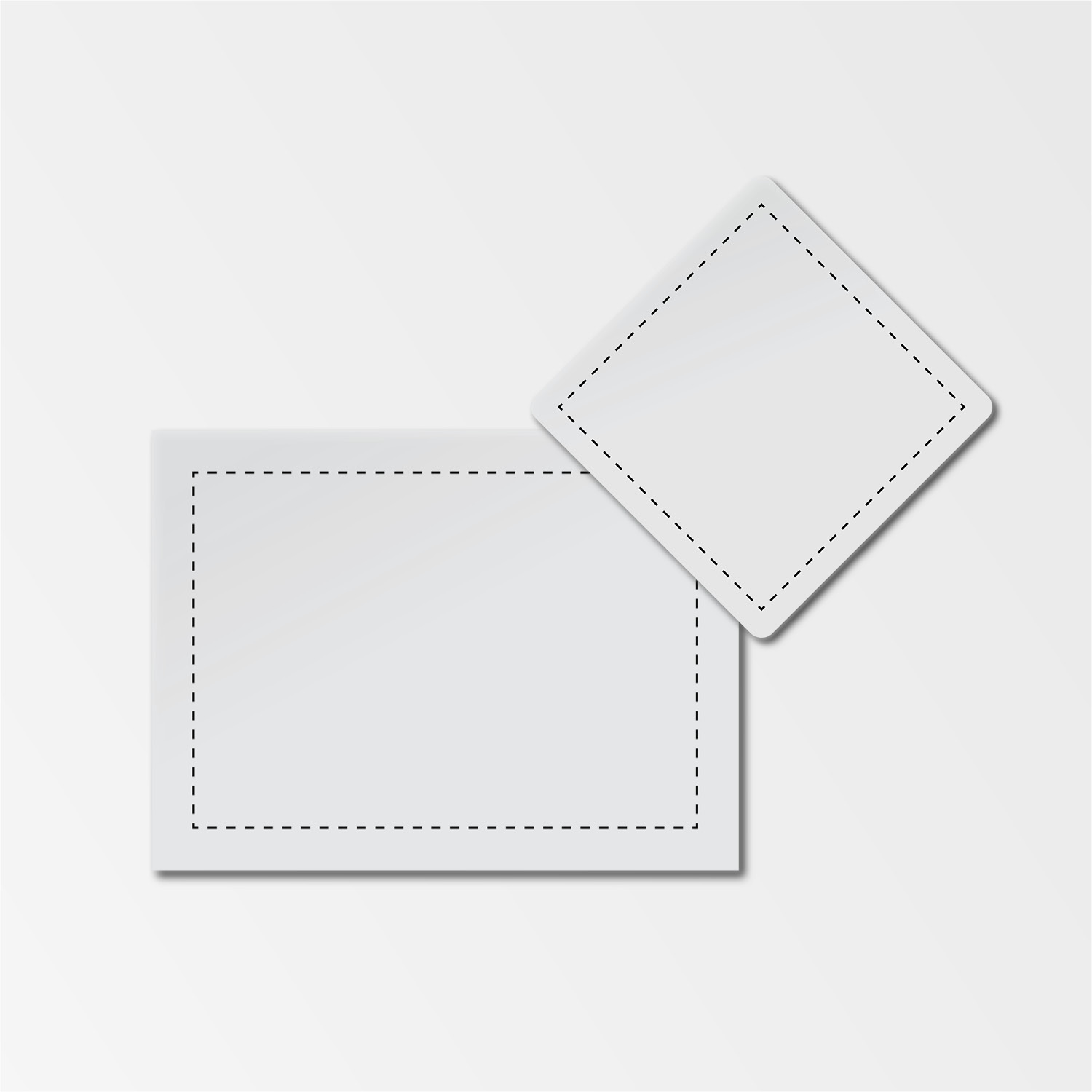
PE boards
Our PE boards are high-quality products that serve as the ideal substrate for labels. Thanks to their robust properties and easy labelling without additional cleaning, they offer an efficient solution for various applications. The PE boards are lightweight, easy to handle and can be used both indoors and outdoors. Their durable construction makes them a reliable support for your labelling process.
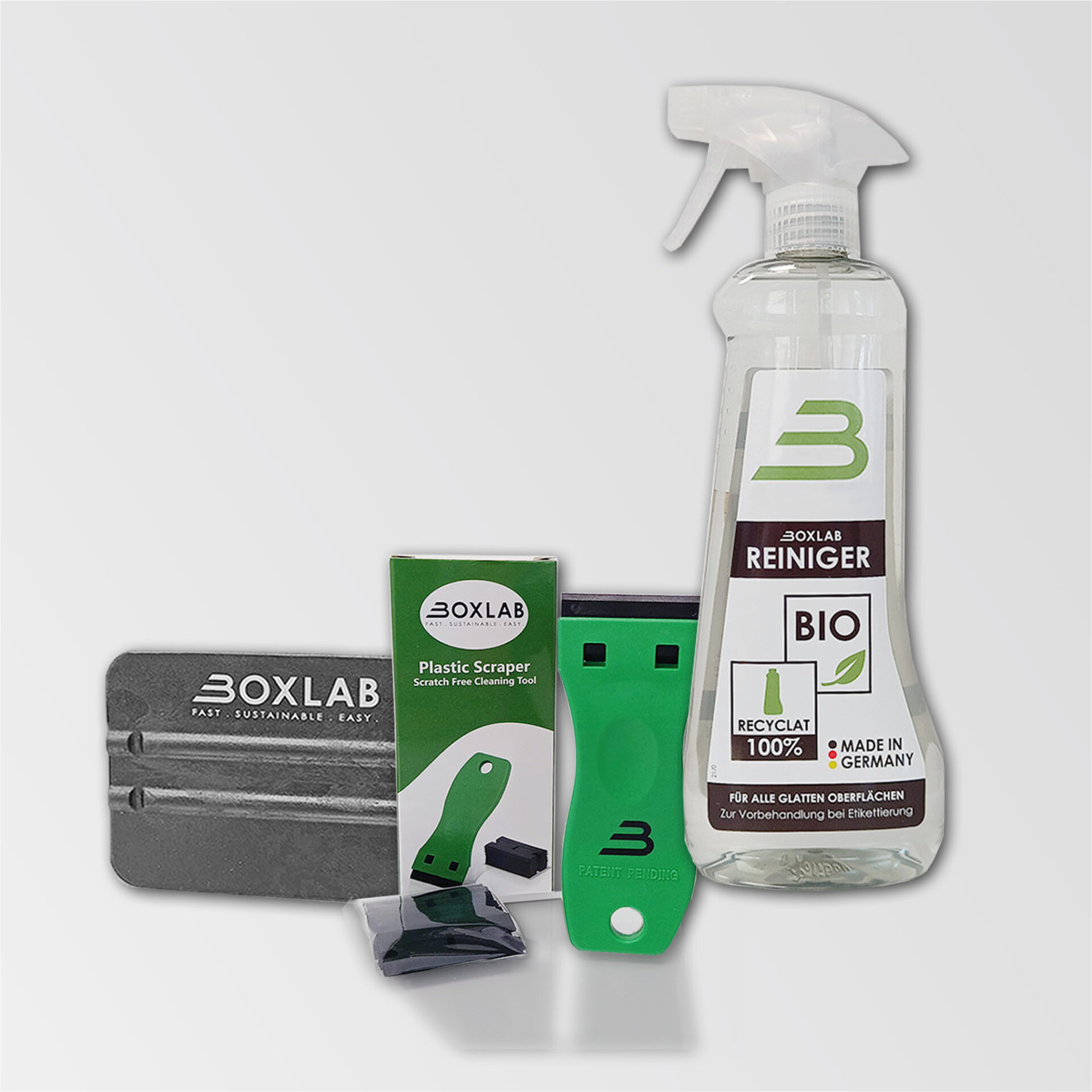
Tools
Our tools are not just simple instruments, but indispensable companions for your labelling processes. From injury-free safety scrapers to environmentally friendly BIO cleaners and practical BOXLAB squeegees – each of our tools has been developed to make your everyday work easier and ensure legally compliant results. Quality and functionality are at the heart of our products.
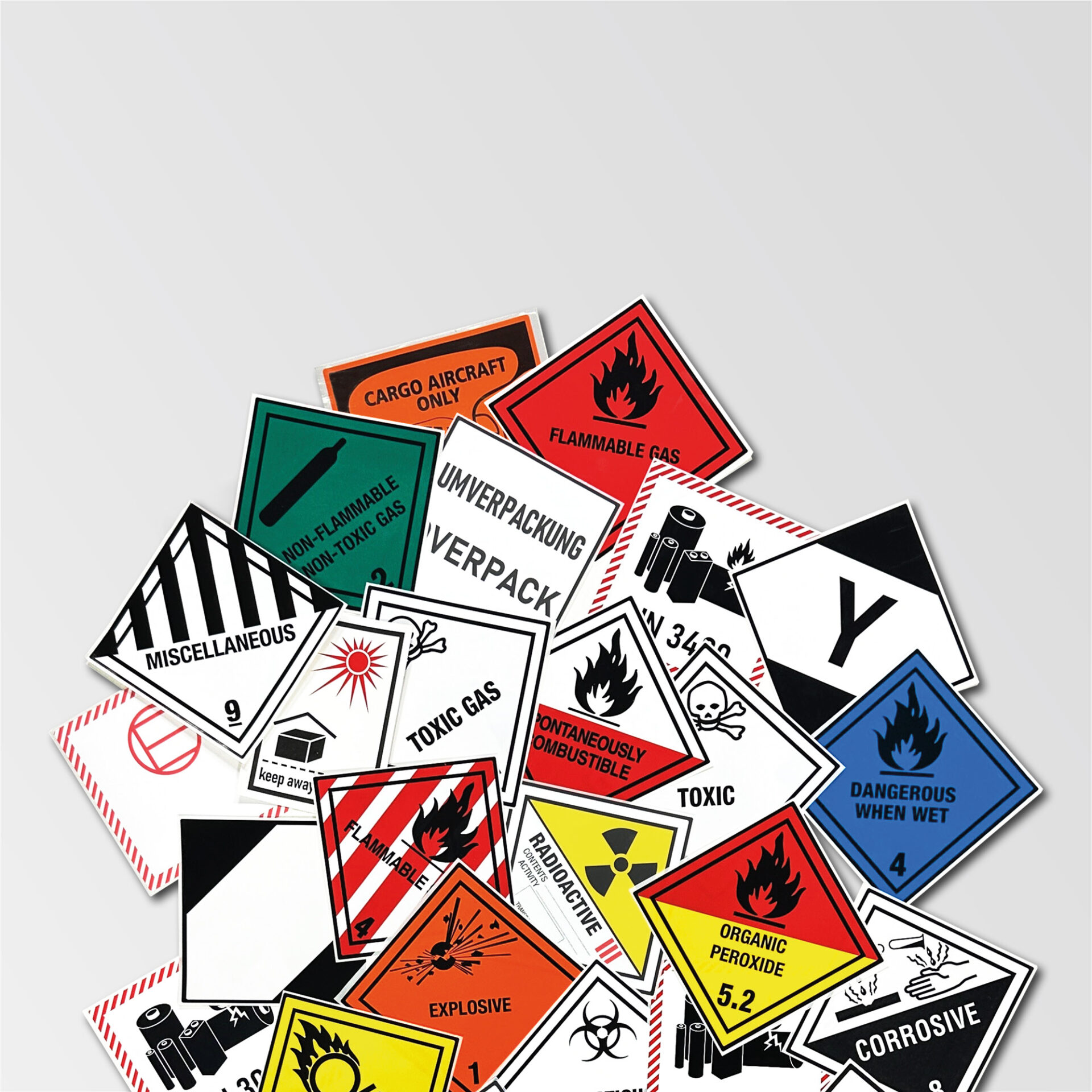
Training kits
Our training kits offer a practical introduction to the world of dangerous goods labelling and packaging. They contain high-quality samples of dangerous goods labels and additional accessories such as safety scrapers and BIO cleaners. These kits are ideal for training and further education courses, providing specialists with a comprehensive overview of legal requirements and best practices.
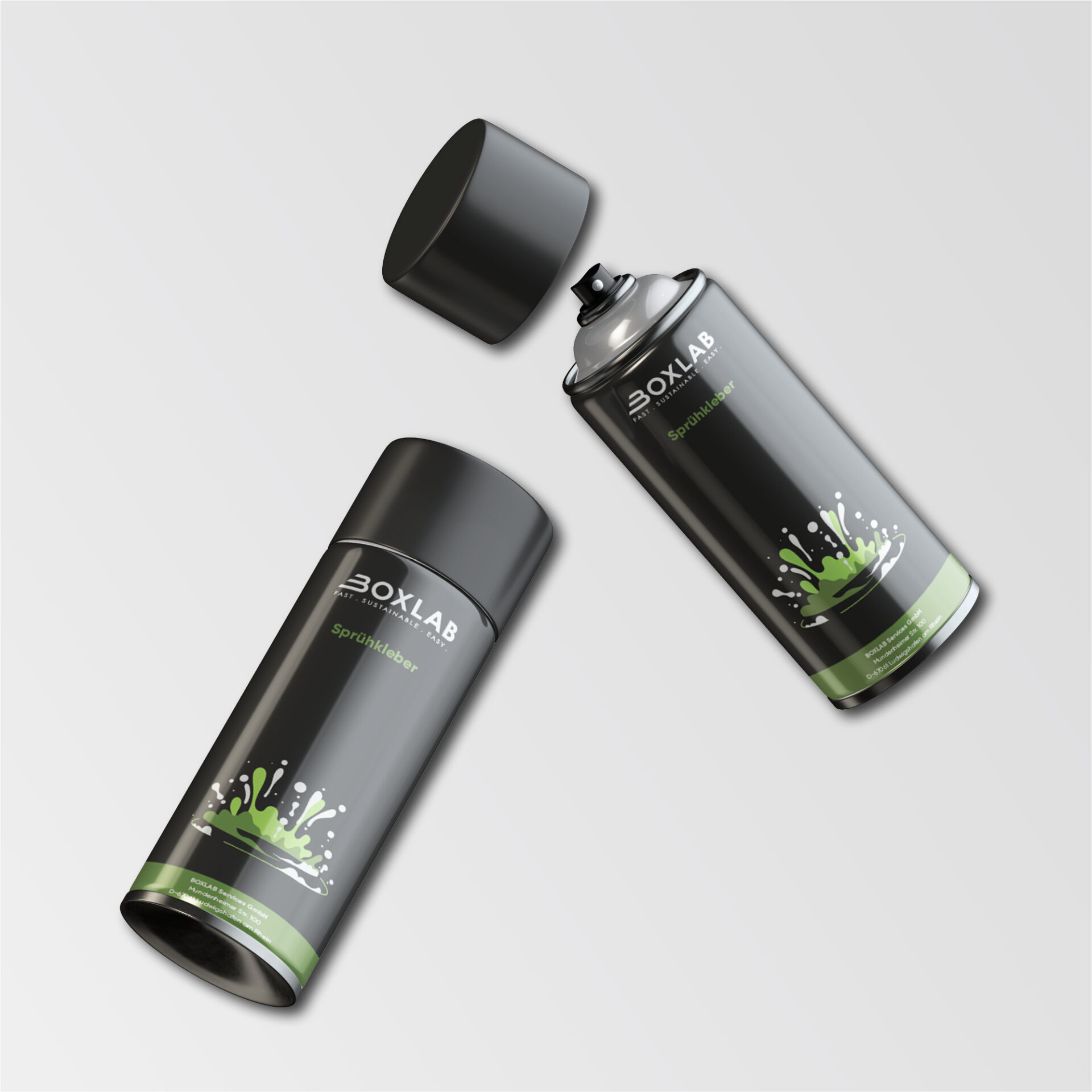
Spray adhesive
Our spray adhesive is the ideal solution for demanding conditions. Whether in rain, snow or on difficult surfaces, it ensures that your labels adhere reliably. Even labels that have already come loose can be reattached effortlessly without compromising on security. Developed for professional use, our spray adhesive provides a strong and durable bond. Discover the optimal support for your labelling – even under the toughest conditions!
BOXLAB machine cleaning cloth
Made from a high-quality cotton-polyester blend, ideal for machine cleaning, surface care and cleaning containers – perfect in combination with BOXLAB BIO cleaner for optimal results. The BOXLAB machine cleaning cloth (approx. 400 x 400 mm) made from a durable cotton-polyester blend offers outstanding durability and absorbency for demanding cleaning tasks. Thanks to its generous size of ~ 40 x 40 cm, it is perfect for cleaning machines, surfaces and containers. The double chain stitching prevents fraying and guarantees long durability. In combination with the BOXLAB BIO cleaner, you can achieve thorough and effective cleaning that ensures the adhesion of hazardous goods labels. Ideal for professional use – in car workshops, logistics and when preparing labels.
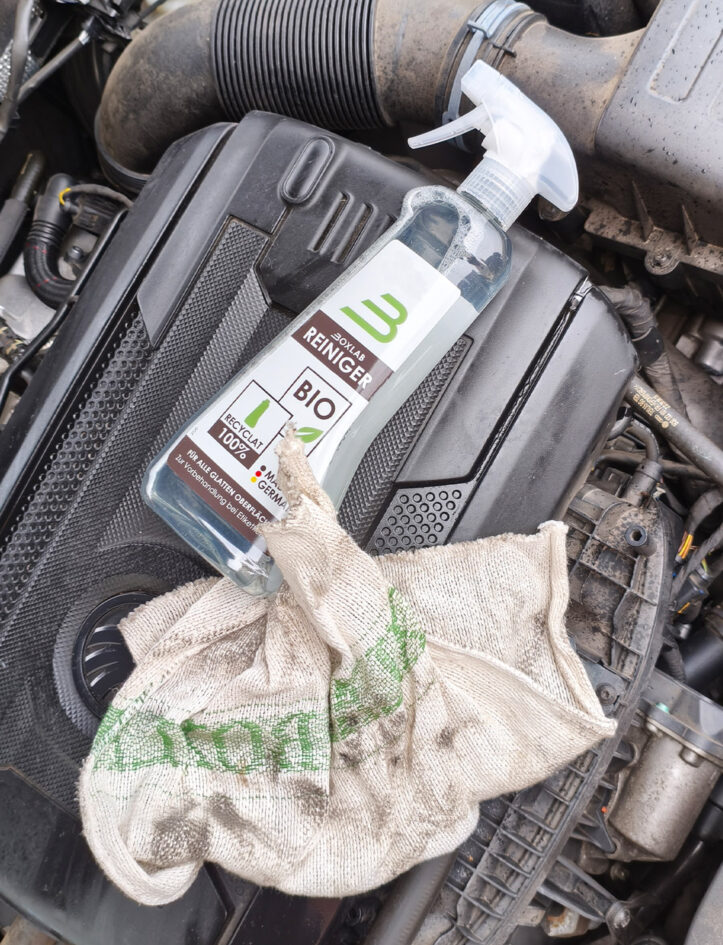
Das Bild zeigt den BOXLAB BIO-Reiniger zusammen mit einem BOXLAB Maschinenputztuch im Motorraum eines Fahrzeugs. Das Tuch liegt auf einer verschmutzten Oberfläche und verdeutlicht die effektive Reinigung von öligen und schmutzigen Bereichen. Durch die Kombination aus hochwertigem Maschinenputztuch und dem BOXLAB BIO-Reiniger lassen sich Motorraum und andere schwierige Oberflächen schnell und gründlich säubern, um eine ideale Grundlage für Etikettierungen oder weitere Reinigungsprozesse zu schaffen.
Safety and regulations at a glance
The transport of dangerous goods is an essential part of many industries, but requires a high degree of safety and legal compliance. From classification into different dangerous goods classes to correct labelling, packaging, securing and responsibilities – every aspect is clearly regulated in order to minimise risks.
Whether by road (ADR), rail (RID), sea (IMDG Code) or air (IATA DGR), compliance with the relevant regulations is crucial for safe and legally compliant transport. Current developments, technological innovations and sustainable solutions are also playing an increasingly important role.
For companies that transport or handle dangerous goods, it is essential to keep up to date with new regulations and best practices. BOXLAB Services supports you with high-quality dangerous goods labelling, sustainable solutions and practical products for the safe and efficient handling of dangerous goods.
We are always here for you personally.
Contact us now to find out more
about BOXLAB Services.
We look forward to receiving your enquiry or having a quick chat. Alternatively, you can use our contact form. Our team will be happy to answer your enquiry and will get back to you as soon as possible.

